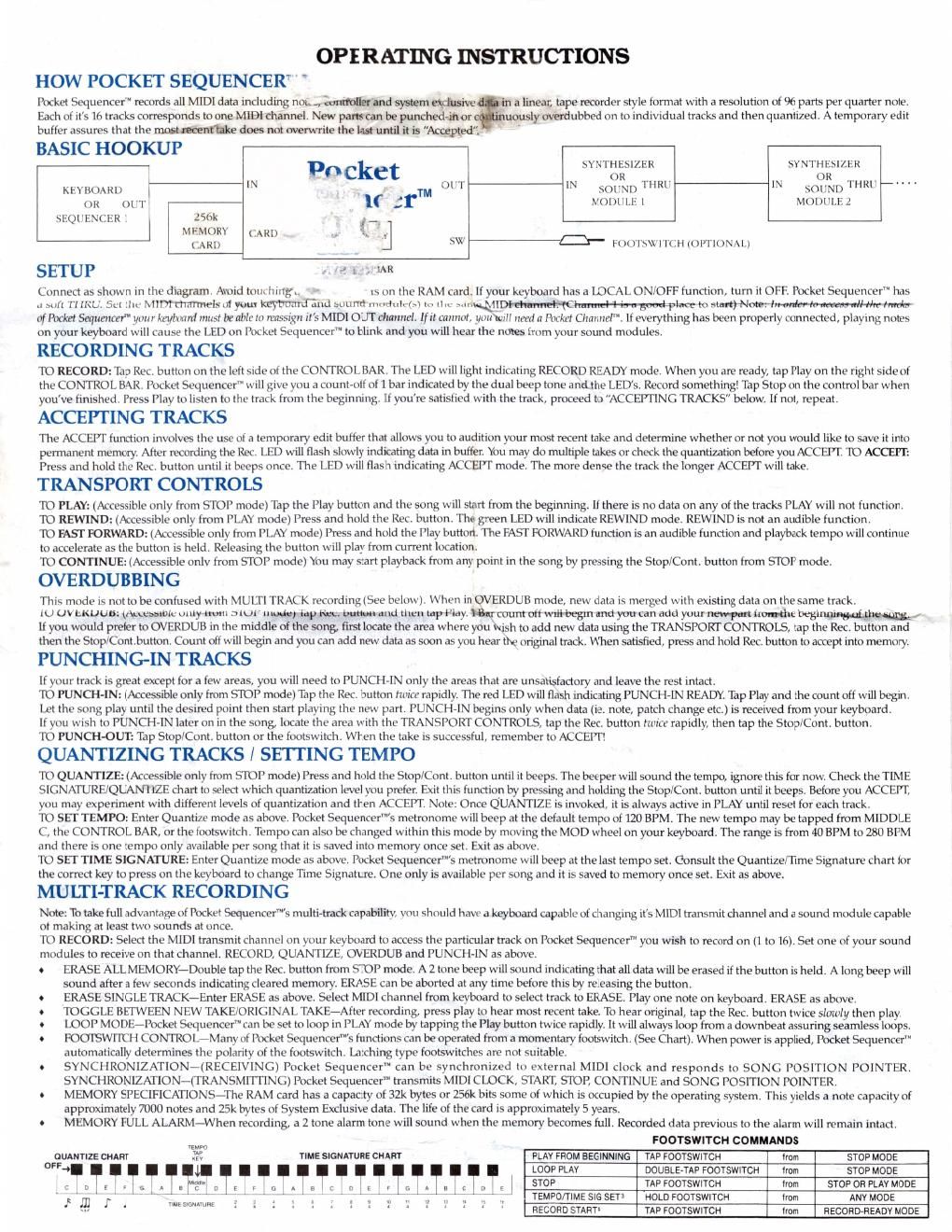Anatek pocket sequencer operating instructions
This is the 1 pages manual for anatek pocket sequencer operating instructions.
Read or download the pdf for free. If you want to contribute, please upload pdfs to audioservicemanuals.wetransfer.com.
Page: 1 / 1
